Kawaguchi, Japan —(Map)
The thieves who robbed Seiji and Fuyumi Iimura didn’t even have to break in. The seven works of art they stole had been left sitting out in the garden. Why? They were bonsai trees.
Seiji and Fuyumi Iimura grow bonsais. Their garden holds more than 3,000 of the tiny trees. Until recently, they left their garden open to the public. They never expected that anyone would steal the beautiful trees they’d spent their lives growing.
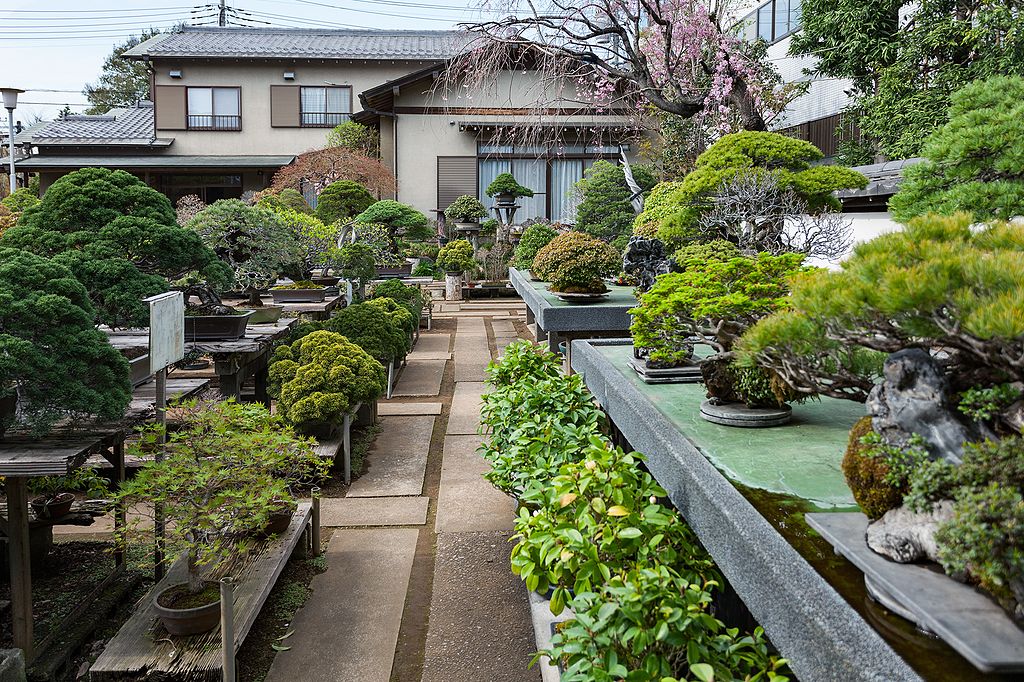
(Source: TypeZero [CC BY-SA 4.0], via Wikimedia Commons.)
But in January, over several nights, thieves stole seven bonsai trees worth a total of about $90,000. The Iimuras say that the thieves knew what they were doing, because they stole the most valuable trees in the garden.
Though many people connect bonsais with Japan, the art of creating bonsai trees started in China over 1,000 years ago. People who grow bonsai trees are part gardener and part artist. It takes a lot of time and care to produce a bonsai.
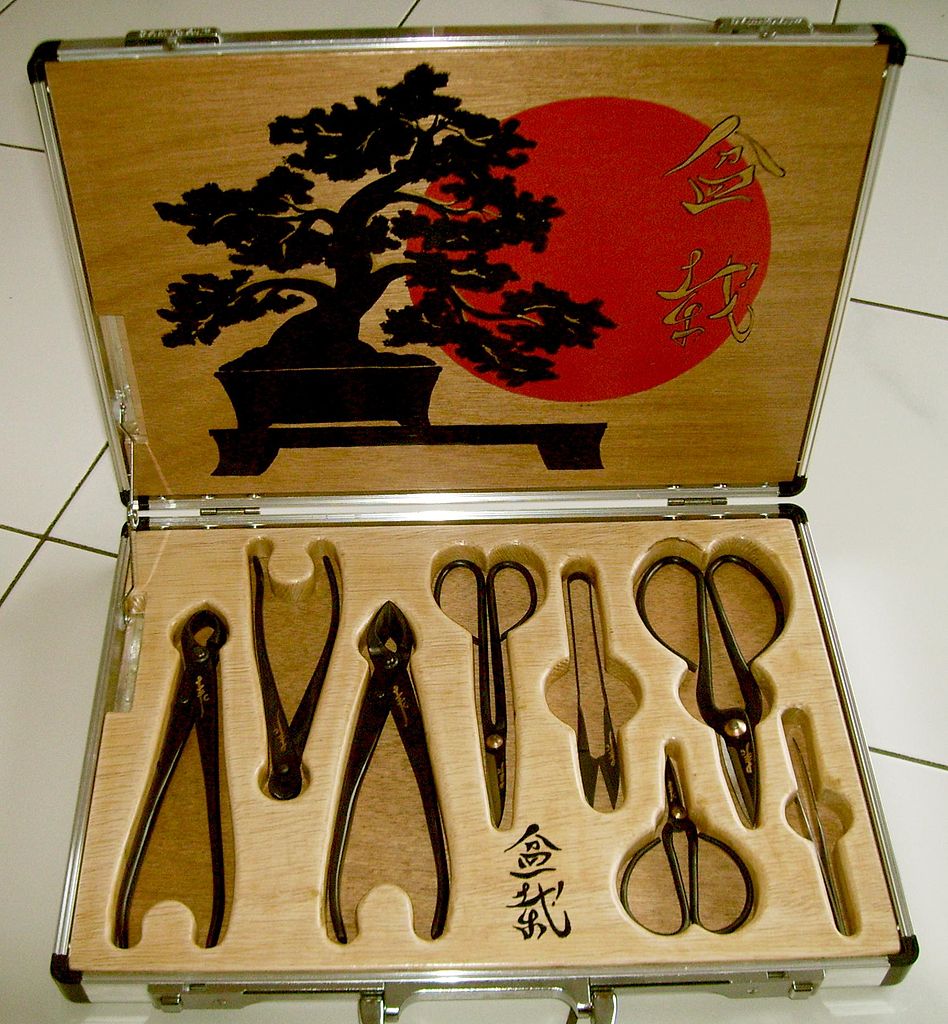
(Source: Edward Cwik [CC BY-SA 3.0], via Wikimedia Commons.)
Bonsais aren’t just small trees. Gardeners often start with a young normal tree. They limit the way the tree’s roots grow, and carefully trim the tree’s branches and wire them into certain positions over long periods of time. By carefully shaping the tree and limiting its growth, gardeners are able to make bonsai trees look like tiny copies of full-sized trees.
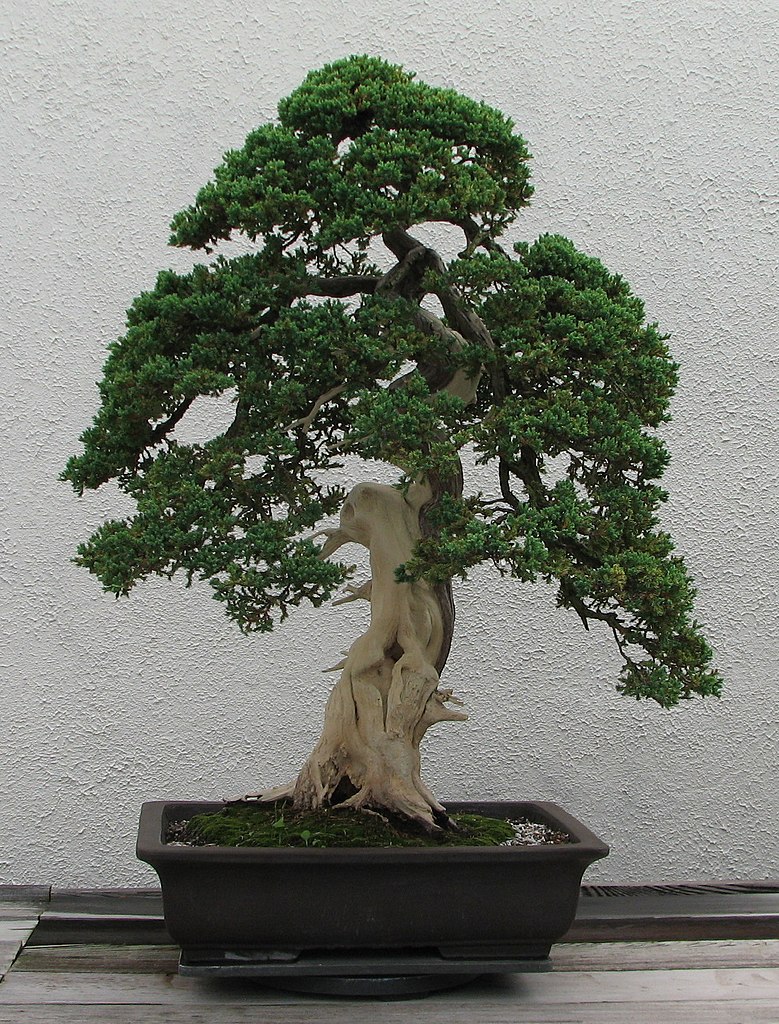
(Source: Ragesoss [CC BY-SA 3.0], via Wikimedia Commons.)
People in Seiji Iimura’s family have been shaping bonsai trees for over 150 years. But some of the trees they work on have been around for even longer than that.
The most important and valuable tree the thieves stole was 400 years old. The tree was a 33 inch (84 centimeter) Shimpaku, a kind of evergreen that came from a mountain area on a Japanese island. When the trees became rare, collectors had to get them from the edge of the mountain cliffs. The danger that was part of getting the tree made the bonsai worth even more.
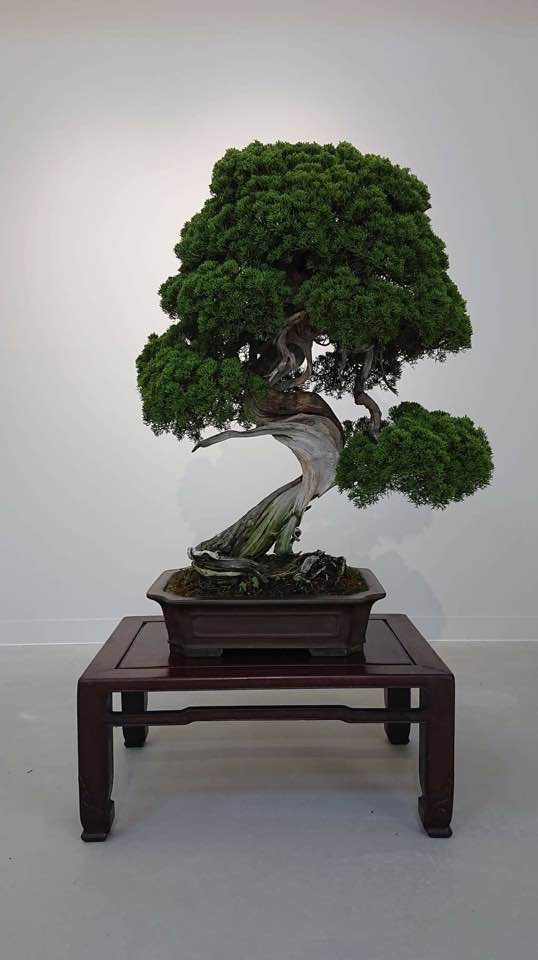
(Source: Seiji Iimura, via Facebook Post.)
The Iimuras are heartbroken about the loss of their trees. Mrs. Iimura said that the trees were “like our children”. The couple have now put in security cameras to keep watch over their garden. They are also planning on putting up a fence.
The cameras may not be enough. Another bonsai farm in Japan was robbed in November, and that farm already had security cameras. It’s not just a Japanese problem, though. Bonsai owners in many other places around the world have also had trees stolen.
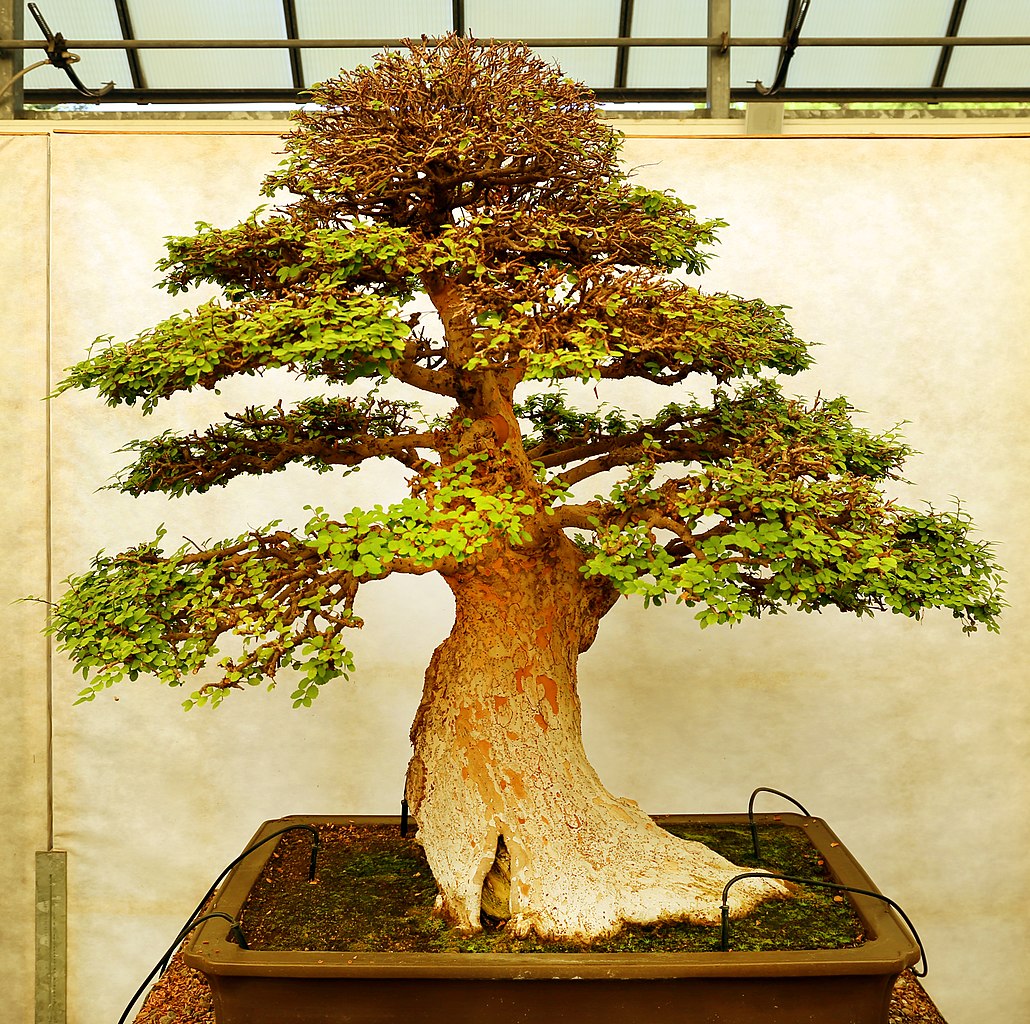
(Source: Sailko [CC BY-SA 4.0], via Wikimedia Commons.)
Of course, what the Iimuras would like most is to get their bonsai trees back again. But if that doesn’t happen, Mr. Iimura has some advice for the thieves: “I want whoever took the bonsais to make sure they are watered. The Shimpaku lived for 400 years. It needs care and can’t survive a week without water.”
😕
This map has not been loaded because of your cookie choices. To view the content, you can accept 'Non-necessary' cookies.
